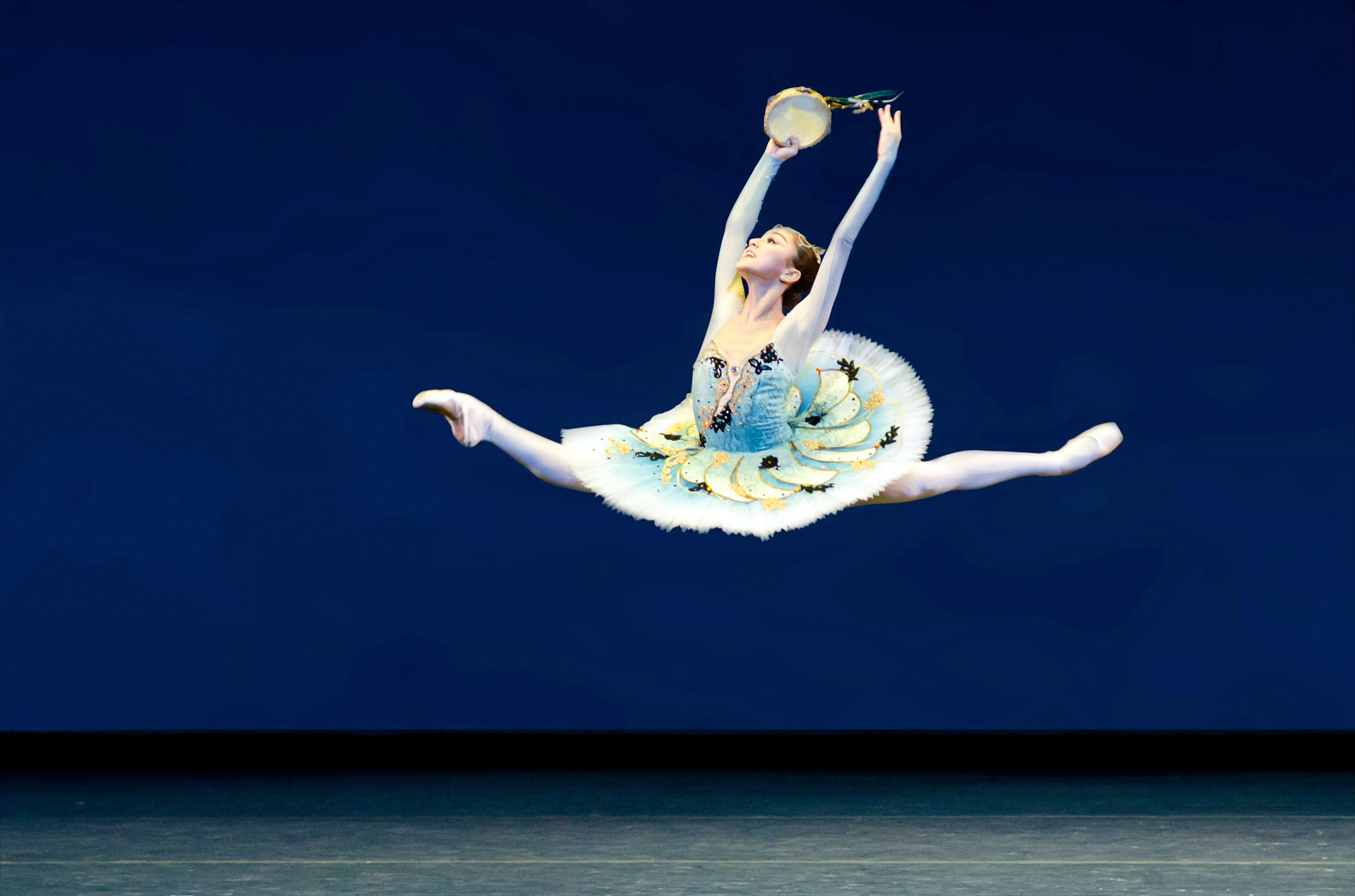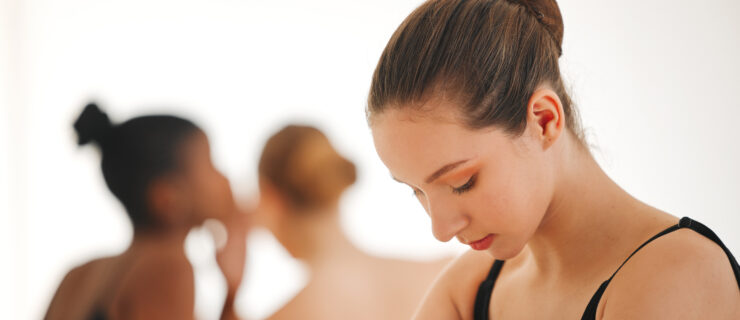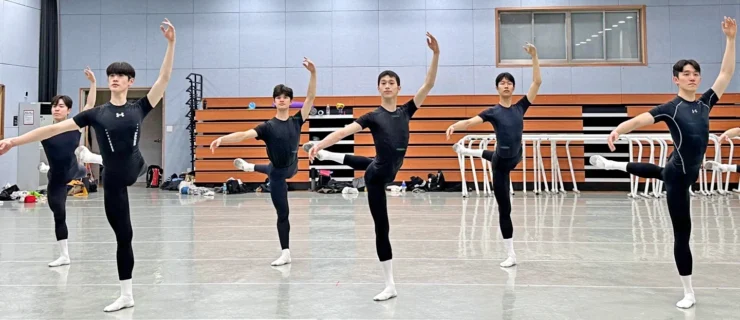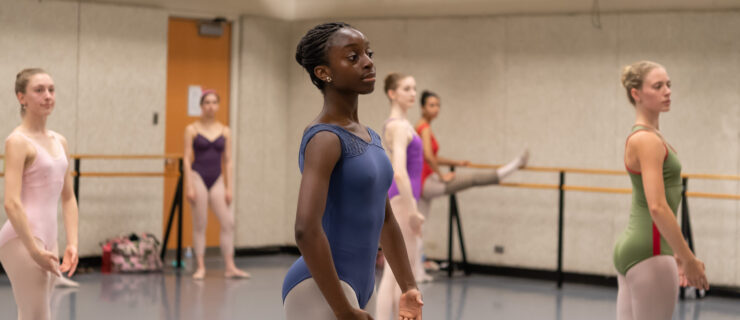Trendy Variations: Should You Base Your Competition Selections on What’s Popular?
Like anything in life, ballet is not immune to trends, not even when it comes to variations. And when the competition circuit gives a certain variation high visibility—usually following a winner’s standout performance—suddenly it seems to be everyone’s favorite, appearing over and over in the next season’s competition lineup. But while it’s easy to imagine replicating another dancer’s success by choosing the same solo for yourself, following a trend is not always the best idea. Several factors should go into selecting your competition variation, and they all have to do with you—not what anyone else is dancing.
Why It Happens
Larissa Saveliev, founder and artistic director of Youth America Grand Prix, has seen the “trendy variation” phenomenon happen so much that she can gauge which might soon be popular based on what current rising talents are performing. She cites variations from Don Quixote (the Cuban version of Cupid, in particular), Awakening of Flora, Harlequinade, and La Esmeralda as examples. “It’s like a commercial for the variation,” she says. “And in a way, we’re glad that students are paying attention and are serious. It’s a source of inspiration for them.”
Saveliev makes an analogy to fashion, but with a caveat. “If you see a movie star wearing a certain pair of jeans, you want to go buy those same jeans. But that doesn’t mean they will look as good on you. Dancers should keep this in mind: If a variation looks good on a particular dancer, that doesn’t mean it’s suitable for you.”
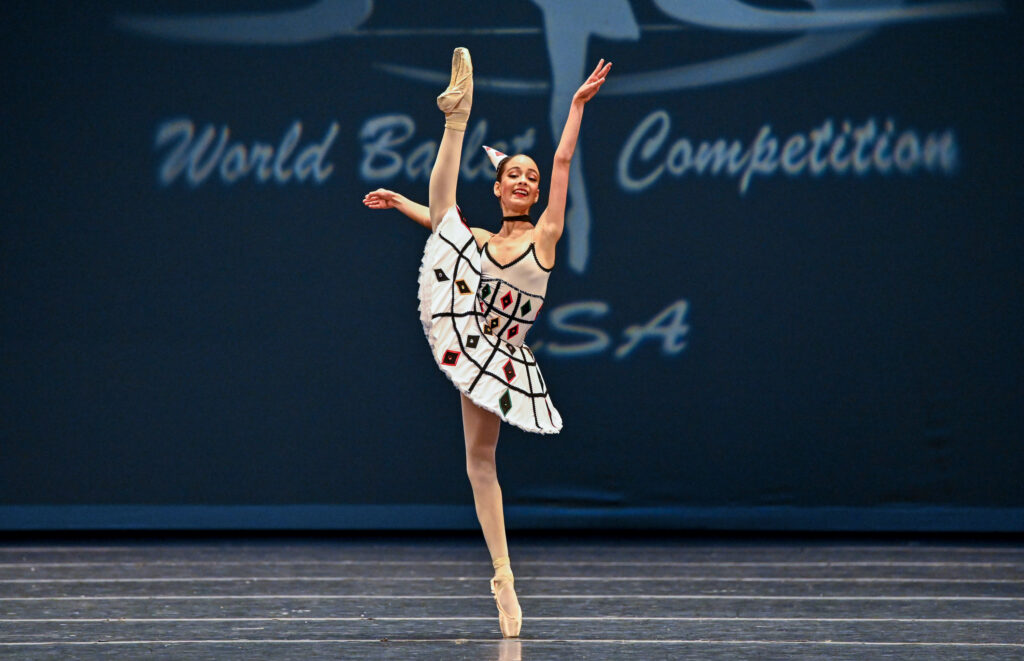
Vasile Petrutiu, founder and executive director of World Ballet Competition, concurs. He adds that when you’re studying last year’s winners and considering your own options, try to look past the variation and focus on why it looked so good on that performer. “Don’t disregard that the winner was perfectly suited for that variation, from body to execution to artistry,” he says. “It’s a misperception to think any dancer can do it the same way.” Consider if you can match all the components to achieve a similar or better result.
You may wonder if performing a solo that another dancer won with is a strategic way to appeal to judges’ tastes. But, in reality, there’s no way to “game the system,” according to American Ballet Theatre soloist Katherine Williams, who’s been both a competitor and a judge for YAGP. “It just doesn’t work like that,” she says. “You never know what’s going to catch the judges’ eye. And to be honest, if you’re doing the 37th Esmeralda they’ve seen, it’s a lot less likely that you will.”
What’s Good About Following a Trend
It’s great to study what top-scoring dancers are doing, and there’s nothing wrong with wanting to emulate them as part of your overall training. If you love a certain dancer’s performance, Saveliev advocates “trying on” that variation for size to see if it might be a good fit for you, too. After all, any repertoire you absorb could be useful later; the more variations you learn, the better for your training (in addition to technique class, of course). “Like musicians practicing études that they won’t perform in a concert, dancers should use variations to work on their skills,” she says.
Studying videos of performances is a good way to enhance your training outside the studio, says Saveliev. Analyze exactly why a variation—and the dancer’s performance—is so striking. “Ask yourself why you got so excited about that solo,” she says. “Was it the energy, the presentation, cleanliness, or nuances? When you can answer those questions for yourself, then you can pay attention to those things in your own dancing.”
Choosing for Yourself
Showing your individuality through the choreography is key to a standout performance, whether you choose a ubiquitous variation or one that’s rarely seen. That’s easiest to do when your solo highlights your own strengths and is reasonably challenging, but still allows you to show off your technique and artistry in equal measure. Authenticity and artistic expression are key, says ABT principal Skylar Brandt, who has judged for World Ballet Competition and competed at YAGP as a child and teenager. “A lot of young dancers, and possibly their teachers, miss the mark with what’s important,” Brandt says. “What stands out in a competition is how a dancer presents themself. Someone can be technically fantastic but monotonous with their facial expressions. Where’s the artistry in that?”
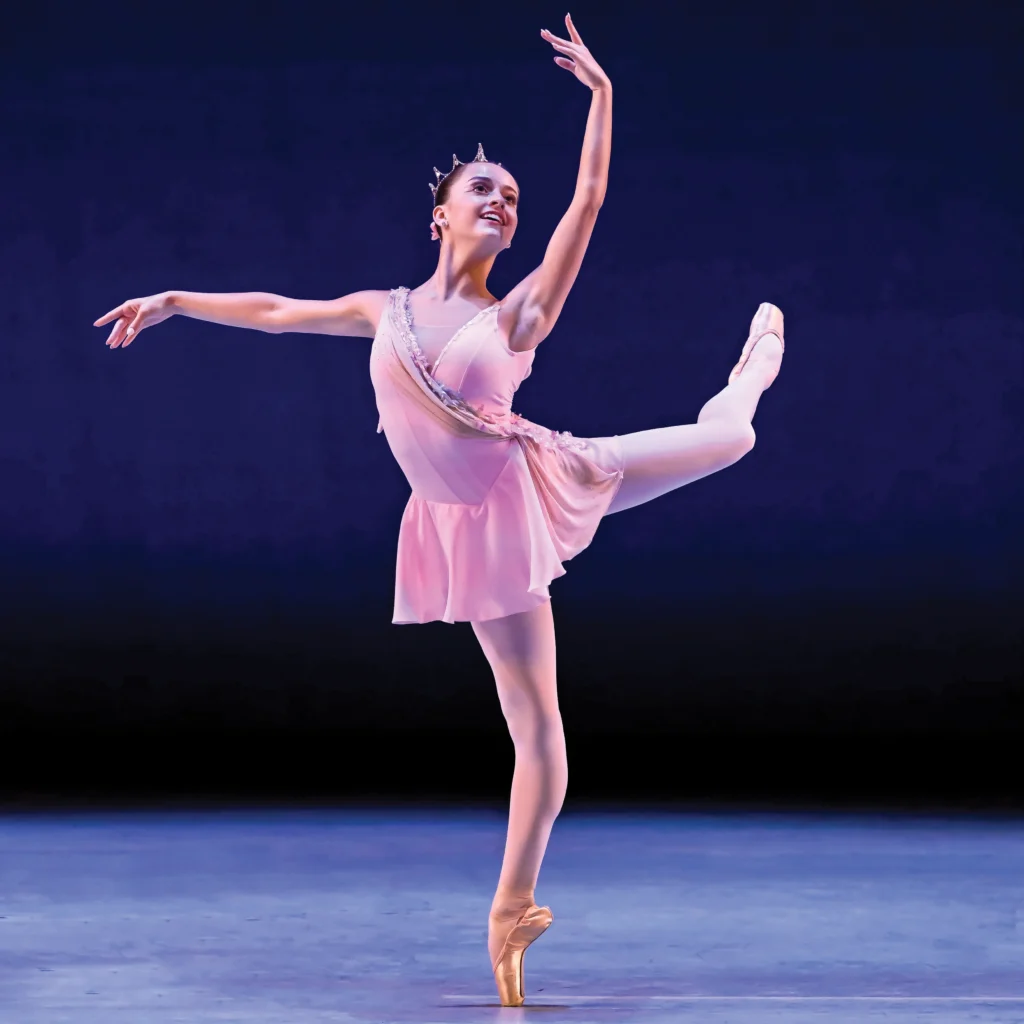
Petrutiu cautions against rejecting variations that seem “boring” or “unpopular” but actually offer valuable opportunity to develop and demonstrate artistic skills. “A variation that might not be so common with other dancers could actually score much higher because of its combination of artistry, modality, or port de bras,” he says. “Steps are just steps, but artistry is what makes the difference.”
Making any variation your own is a skill that takes time to develop, and competition prep and performance is a great way to do that. Petrutiu, Saveliev, Brandt, and Williams all stress that presentation (footwork, entrances, transition steps, finesse) is as important to their scoring as a technical “wow” factor, and is ultimately what brings certain dancers to the top, regardless of which variation they perform. “It’s not a ‘winning variation,’ it’s the winning dancer,” says Brandt. “It’s not about the steps they did, it’s how they did the steps.”
